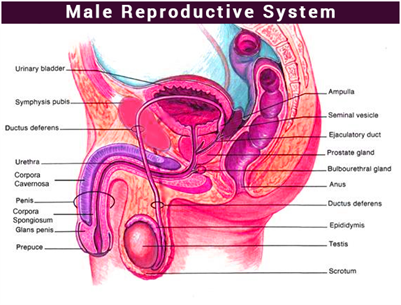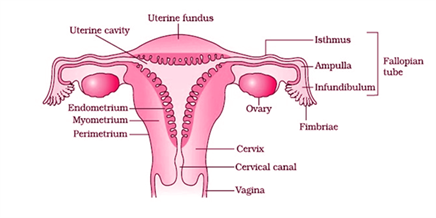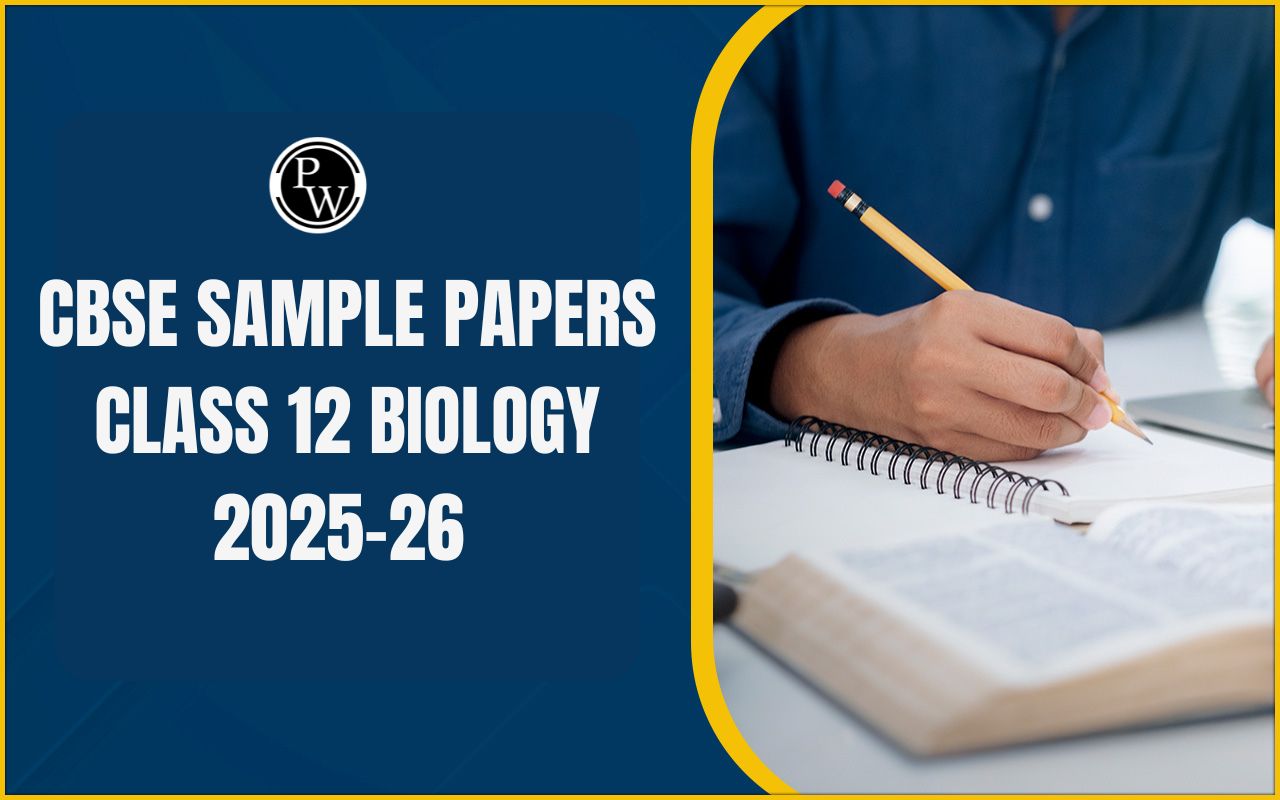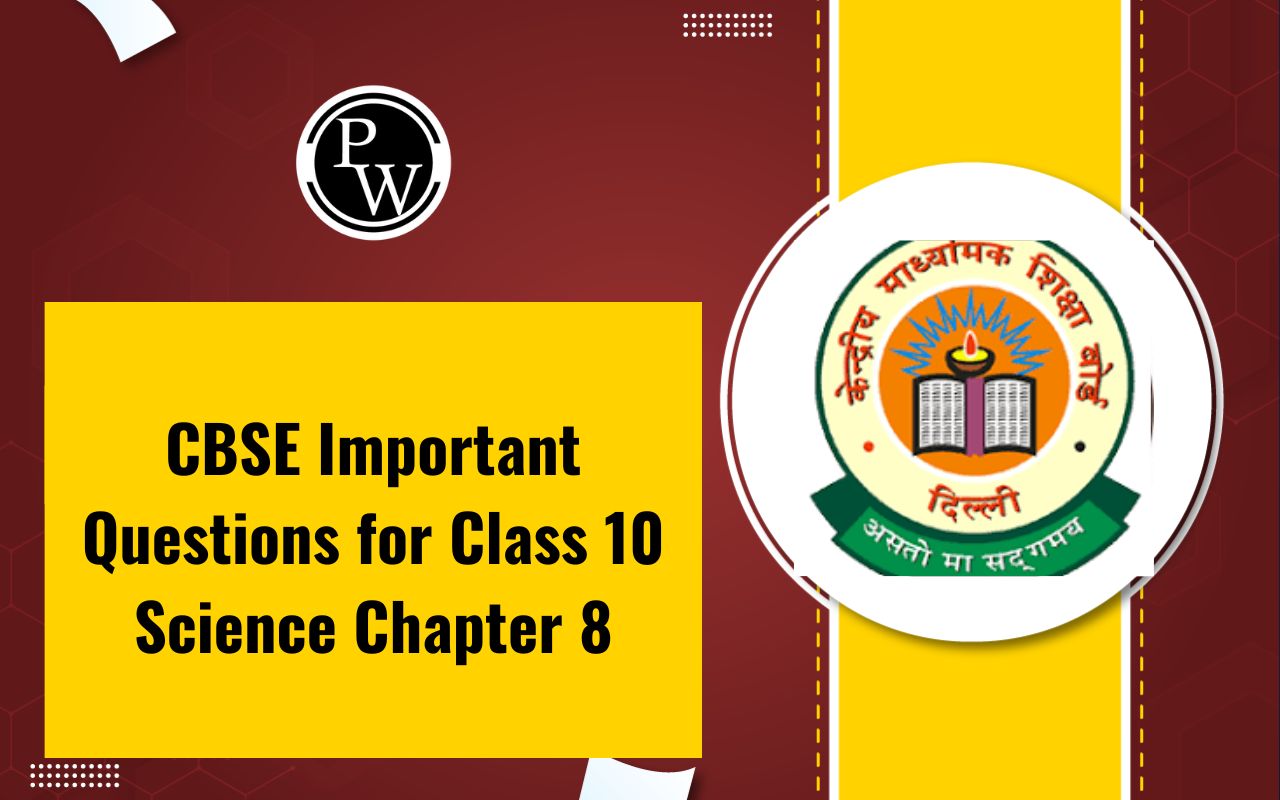
CBSE Class 12 Biology Notes Chapter 3: Human Reproduction is an important topic in Class 12 Biology, covered in Chapter 3. This chapter explains the processes involved in human reproduction, such as the male and female reproductive systems, gametogenesis, fertilization, pregnancy, and reproductive health. Understanding human reproduction helps us understand how life continues.
Class 12 CBSE Biology Chapter 3 notes on Human Reproduction provide helpful explanations and summaries to help in studying this topic. These notes are a valuable resource for students, helping them understand the subject better and prepare for exams.CBSE Class 12 Biology Notes Chapter 3 PDF
You can access the PDF for CBSE Class 12 Biology Chapter 3 notes on Human Reproduction through the provided link. These notes cover important topics related to human reproduction, including the male and female reproductive systems, gametogenesis, fertilization, pregnancy, and reproductive health.CBSE Class 12 Biology Notes Chapter 3 PDF
CBSE Class 12 Biology Notes Chapter 3 Human Reproduction
Here are the detailed notes of Class 12 Biology Chapter 3 Human Reproduction:Human Reproductive System
The human reproductive system is comprised of the male and female reproductive systems, each playing vital roles in the process of reproduction.Male Reproductive System:
 The male reproductive system includes the testes, accessory glands, ducts, and external genitalia. The testes are situated in the scrotum, outside the abdominal cavity, and are responsible for producing sperm. Each testis contains numerous compartments called testicular lobules, housing seminiferous tubules where sperm production occurs. The male accessory ducts, including the epididymis and vas deferens, transport sperm. The urethra serves as the passage for both urine and semen. The external genitalia, the penis, facilitates the transfer of sperm during sexual intercourse.
The male reproductive system includes the testes, accessory glands, ducts, and external genitalia. The testes are situated in the scrotum, outside the abdominal cavity, and are responsible for producing sperm. Each testis contains numerous compartments called testicular lobules, housing seminiferous tubules where sperm production occurs. The male accessory ducts, including the epididymis and vas deferens, transport sperm. The urethra serves as the passage for both urine and semen. The external genitalia, the penis, facilitates the transfer of sperm during sexual intercourse.
Female Reproductive System:
 The female reproductive system consists of internal and external organs, including the ovaries, oviducts, uterus, cervix, vagina, and external genitalia. The ovaries produce eggs and sex hormones. The oviducts, also known as fallopian tubes, transport eggs from the ovaries to the uterus. The uterus, or womb, is where fetal development occurs during pregnancy. The cervix connects the uterus to the vagina, while the external genitalia, including the labia, clitoris, and vaginal opening, facilitate sexual intercourse and childbirth.
The female reproductive system consists of internal and external organs, including the ovaries, oviducts, uterus, cervix, vagina, and external genitalia. The ovaries produce eggs and sex hormones. The oviducts, also known as fallopian tubes, transport eggs from the ovaries to the uterus. The uterus, or womb, is where fetal development occurs during pregnancy. The cervix connects the uterus to the vagina, while the external genitalia, including the labia, clitoris, and vaginal opening, facilitate sexual intercourse and childbirth.
Process of Reproduction
Reproduction in humans occurs in several phases:Pre-Fertilization: It begins with the production of gametes (sperm in males and eggs in females) through a process called gametogenesis. In males, sperm are produced in the testes through spermatogenesis, while in females, eggs are produced in the ovaries through oogenesis. Once mature, the gametes are released from the respective gonads.
Fertilization: Fertilization occurs when a sperm cell fertilizes an egg cell, forming a zygote. This usually takes place in the fallopian tube (oviduct) of the female reproductive system. During fertilization, the genetic material from the sperm and egg combine to form a new individual with a unique set of genetic characteristics.
Post-Fertilization: After fertilization, the zygote undergoes rapid cell division through mitosis, forming a cluster of cells called the embryo. The embryo then implants itself into the lining of the uterus, where it continues to grow and develop. This stage of development is known as embryogenesis.
Duration and Stages of Pregnancy Human gestation lasts approximately 266 days, divided into three trimesters:CBSE Class 12 Biology Notes Chapter 3 FAQs
What are the main organs of the male reproductive system?
Describe the process of spermatogenesis.
Explain the role of testosterone in male reproductive function.
What are the functions of the female reproductive system?
What is ovulation, and when does it typically occur in the menstrual cycle?

 Conclusion
Conclusion









